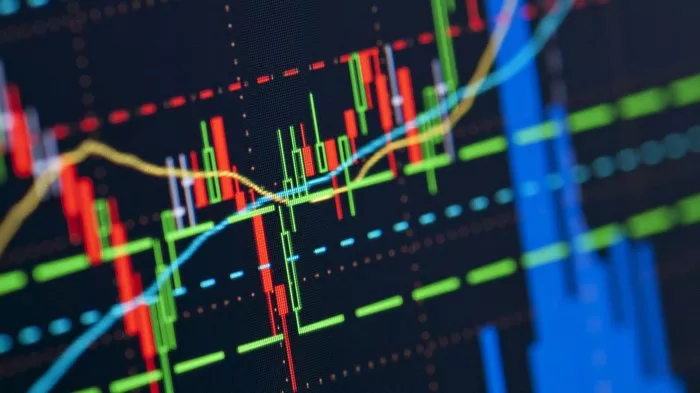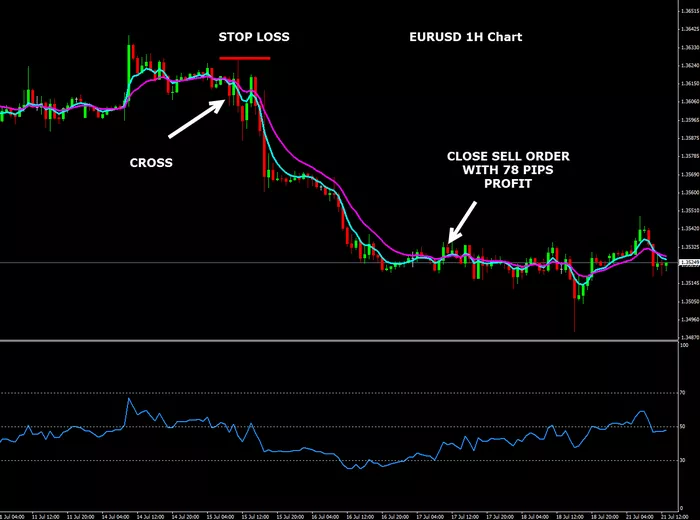The printing of U.S. Dollars (USD) is a critical aspect of the country’s monetary policy. The process, however, is not as simple as producing cash to meet demand. Several factors influence how much money is printed each year, including economic growth, inflation, and the Federal Reserve’s monetary policies. This article explores the process of printing money, the factors that determine how much is printed annually, and the implications of money creation on the economy.
Understanding the U.S. Money Supply
Before delving into how much USD is printed each year, it is essential to understand the concept of the money supply. The money supply is the total amount of money circulating in the economy, including currency, checking accounts, and other liquid assets.
There are different measures of the money supply, each providing a different perspective on the amount of money in circulation. These include:
M0 (Monetary Base): This is the total of all physical currency (coins and paper money) in circulation, including money held by the Federal Reserve and the U.S. Treasury.
M1: This includes M0 plus demand deposits (checking accounts), traveler’s checks, and other checkable deposits.
M2: This includes M1 plus savings accounts, small-time deposits, and money market funds. M2 represents a broader measure of money supply and is the most commonly referenced in economic analysis.
The Federal Reserve, the central bank of the U.S., plays a vital role in managing the money supply through various mechanisms, including printing money and influencing interest rates.
The Process of Printing U.S. Dollars
In the United States, the Bureau of Engraving and Printing (BEP), an agency of the U.S. Department of the Treasury, is responsible for designing and printing paper currency. The U.S. Mint, another branch of the Treasury, is responsible for producing coinage. However, when discussing the printing of USD, we typically refer to paper money and the U.S. Mint’s role in coinage.
The process of creating money involves several key steps:
Design: The U.S. Treasury, with input from the Federal Reserve and other government agencies, designs the currency. Security features are integrated to prevent counterfeiting.
Printing: Once the design is finalized, the BEP prints the currency at its facilities in Washington, D.C., and Fort Worth, Texas. The process involves printing the bills on specialized paper made from cotton and linen fibers.
Distribution: After printing, the newly issued currency is sent to the Federal Reserve, which distributes it to commercial banks. These banks then provide the cash to businesses, financial institutions, and consumers.
Replacement of Worn Currency: It is important to note that not all newly printed money is added to the money supply. A significant portion of printed currency replaces old, damaged bills that have been taken out of circulation. This process is crucial to maintain the physical integrity of U.S. currency.
How Much USD Is Printed Each Year?
The amount of USD printed each year varies based on several factors, including the state of the economy, demand for cash, and Federal Reserve policies. The U.S. does not print money based solely on the need for more currency in circulation but also factors in economic stability and inflationary risks.
Annual Printing of U.S. Dollars
On average, the Bureau of Engraving and Printing prints approximately 8 to 10 billion notes each year. These bills are produced in various denominations, with the most common being the $1, $5, $10, $20, $50, and $100 bills. The total value of the money printed each year typically ranges from $200 billion to $500 billion. However, it is important to note that the actual increase in the money supply does not correlate directly with the total value of printed currency. Much of the new money replaces worn-out or damaged notes that are taken out of circulation.
The U.S. government does not simply print money in response to inflation or increased economic activity. Instead, it prints money based on the demand for cash in the economy, the Federal Reserve’s decisions regarding monetary policy, and the need to replace old and damaged currency.
Factors Influencing How Much USD Is Printed
Several factors determine the quantity of USD printed each year, including:
1. Economic Growth
As the U.S. economy grows, more transactions occur, and there is a greater demand for cash. A growing economy leads to an increased demand for money as businesses and consumers engage in more transactions. However, the amount of money printed is carefully managed by the Federal Reserve to avoid excess inflation.
2. Inflation Rates
The Federal Reserve is responsible for managing inflation, which can impact the printing of money. High inflation erodes the purchasing power of the currency, prompting the need for higher denominations of cash in circulation. Conversely, if inflation is low or stable, the Federal Reserve may be less inclined to print additional money.
The Fed’s policies, such as setting interest rates and controlling the money supply, help prevent inflation from rising too quickly. Printing too much money can lead to hyperinflation, which drastically devalues the currency.
3. Currency Replacement
One of the most significant factors driving the production of new money is the replacement of old, worn-out currency. The BEP estimates that around 25% of all U.S. currency in circulation needs to be replaced each year due to wear and tear. This means that a significant portion of the new bills printed each year is used to replace old or damaged currency rather than increasing the money supply.
4. Demand for Cash
The demand for cash also plays a role in the amount of money printed. For example, during periods of economic uncertainty or financial crises, people may prefer to hold cash rather than investing in riskier assets. This increased demand for cash can lead to a rise in the printing of new money to meet the needs of consumers and businesses.
5. Government Spending and Debt
When the government borrows money, it does not directly print new currency. However, large levels of government debt can influence the money supply. The Federal Reserve may opt to buy government bonds, injecting new money into the economy. This action can have a ripple effect on the money supply, which may require adjustments in the printing of cash.
How Much Money Does the U.S. Need to Print?
The question of how much money the U.S. needs to print each year is multifaceted. The actual volume of money needed depends on the demand for currency, the replacement of old bills, and the broader economic conditions. The Federal Reserve closely monitors these factors to ensure that the money supply remains stable and does not contribute to inflation or economic instability.
The Impact of Money Printing on the Economy
While printing money may seem like a straightforward solution to economic challenges, the process has significant consequences for the economy. Understanding the effects of money printing is crucial for appreciating the complexity of monetary policy.
1. Inflation and Hyperinflation
One of the primary risks of printing too much money is inflation. Inflation occurs when the supply of money grows faster than the economy’s output of goods and services. This leads to rising prices, as more money chases the same amount of goods.
In extreme cases, excessive money printing can lead to hyperinflation, where prices spiral out of control, and the currency becomes virtually worthless. This scenario has occurred in countries like Zimbabwe and Venezuela, where money printing was not adequately managed.
2. Currency Depreciation
Excessive printing of money can also lead to a depreciation of the currency in the foreign exchange markets. If the market perceives that the U.S. is printing too much money, it may lose confidence in the value of the USD, leading to a decline in its value relative to other currencies.
3. Impact on Interest Rates
The Federal Reserve’s control over the money supply also influences interest rates. If the central bank increases the money supply through mechanisms like bond purchases, it can reduce interest rates, encouraging borrowing and spending. Conversely, tightening the money supply can increase interest rates, slowing down economic activity.
Conclusion
The amount of USD printed each year is influenced by several factors, including economic growth, inflation, demand for currency, and the need to replace old bills. The Federal Reserve plays a central role in managing the money supply to maintain economic stability and avoid inflationary risks. While the U.S. prints billions of dollars each year, the amount of money circulating in the economy is carefully controlled to balance the needs of the economy with the risks of inflation and currency devaluation.
Understanding the process of money printing and its implications helps individuals and businesses make informed financial decisions, particularly when it comes to managing inflation risks, currency fluctuations, and long-term economic stability. As the global economy evolves, the Federal Reserve’s decisions on money printing will continue to be a critical factor in shaping the financial landscape.
Related topics:
































